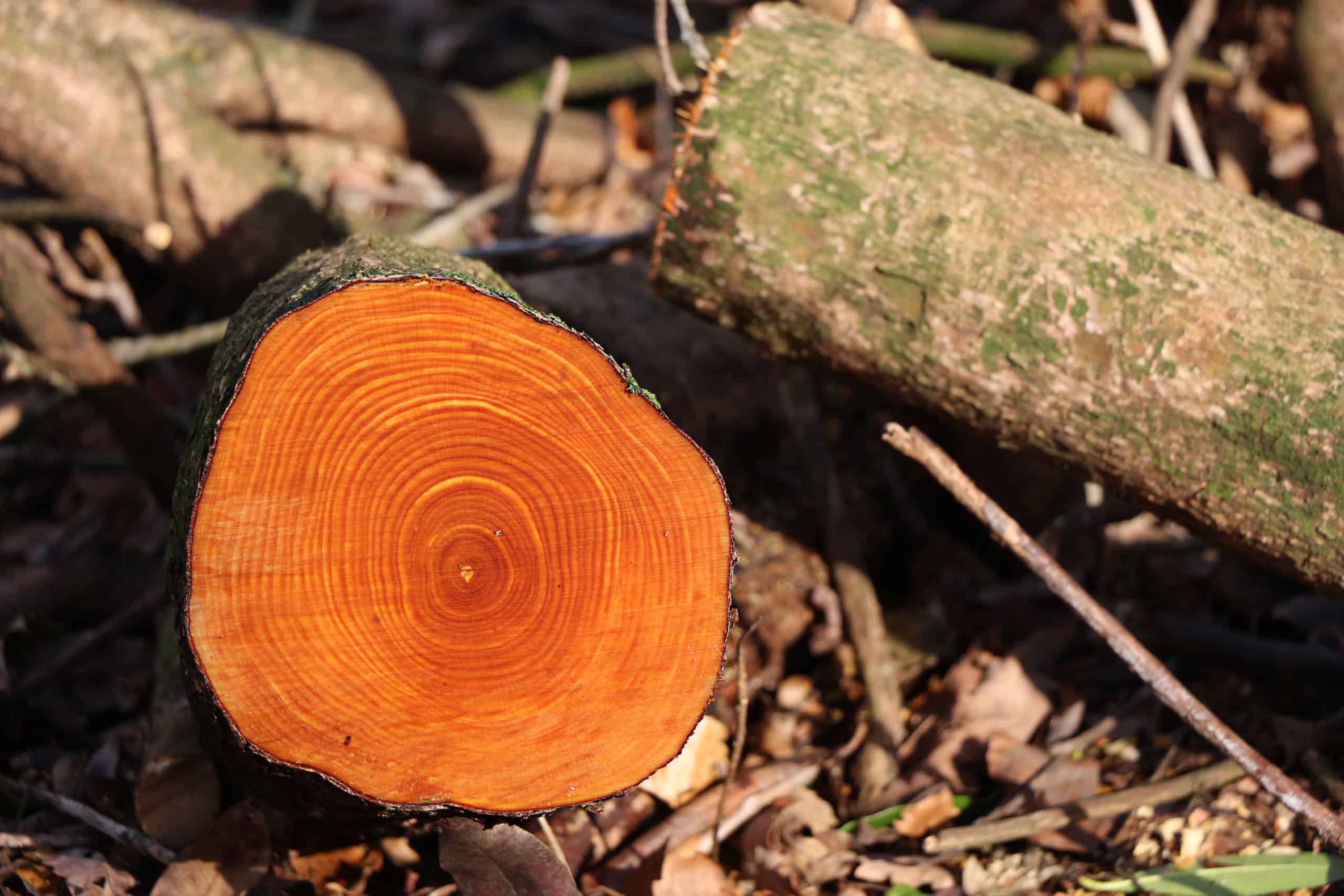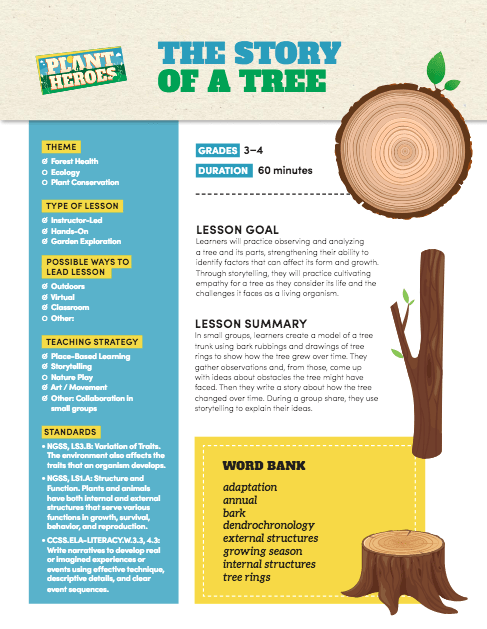
If you speak the language of trees, a forest can tell you as many stories as a library! We can learn about current conditions through observing visible leaves, bark, and limbs of our woody friends—and inside a tree is a key to the history of what has happened in the environment for as long as the tree has lived. Many people know that tree rings can help guess how old a tree is, but did you know they can tell us so much more?
Vocabulary time! Dendrochronology is the study of dating events in the environment by studying patterns and details in the annual growth rings of trees. This English word comes from three Greek words: dendro (tree) + chronos (time) + logos (story).
What are some things we can learn from dating tree rings?
- By reading the rings, scientists can see patterns of rain and drought. This information is valuable to modern water managers who can make predictions based on history. You can see how a ring sample is taken without hurting the tree in this video from Brigham Young University.
- Tree rings can help us find the age of wooden artifacts such as famous antique violins and sunken ships! See photos and a video from scientist Maria Baias that give a great overview of tree-ring dating and learn how multiple trees can be compared to show an historical record thousands of years back.
- Scientists can see evidence of naturally occurring forest fires in the history of tree rings. This can help forest managers decide how often it would be beneficial to introduce prescribed or cultural burns today. Learn more about managed forest fires here.
Let's Learn More! "The Story of A Tree"
A tree can tell you a lot without saying a word. Learners will discover how to read a tree for clues about its life and biology in this hands-on, 60-minute lesson, “The Story of a Tree.” Best for grades 3-4, this lesson is easily adapted for classroom, virtual, or outdoor learning. Grow an appreciation for nature while guiding individual learners or small groups in practicing storytelling, building science vocabulary, strengthening empathy, and drawing.
Written by: Angel Horne
